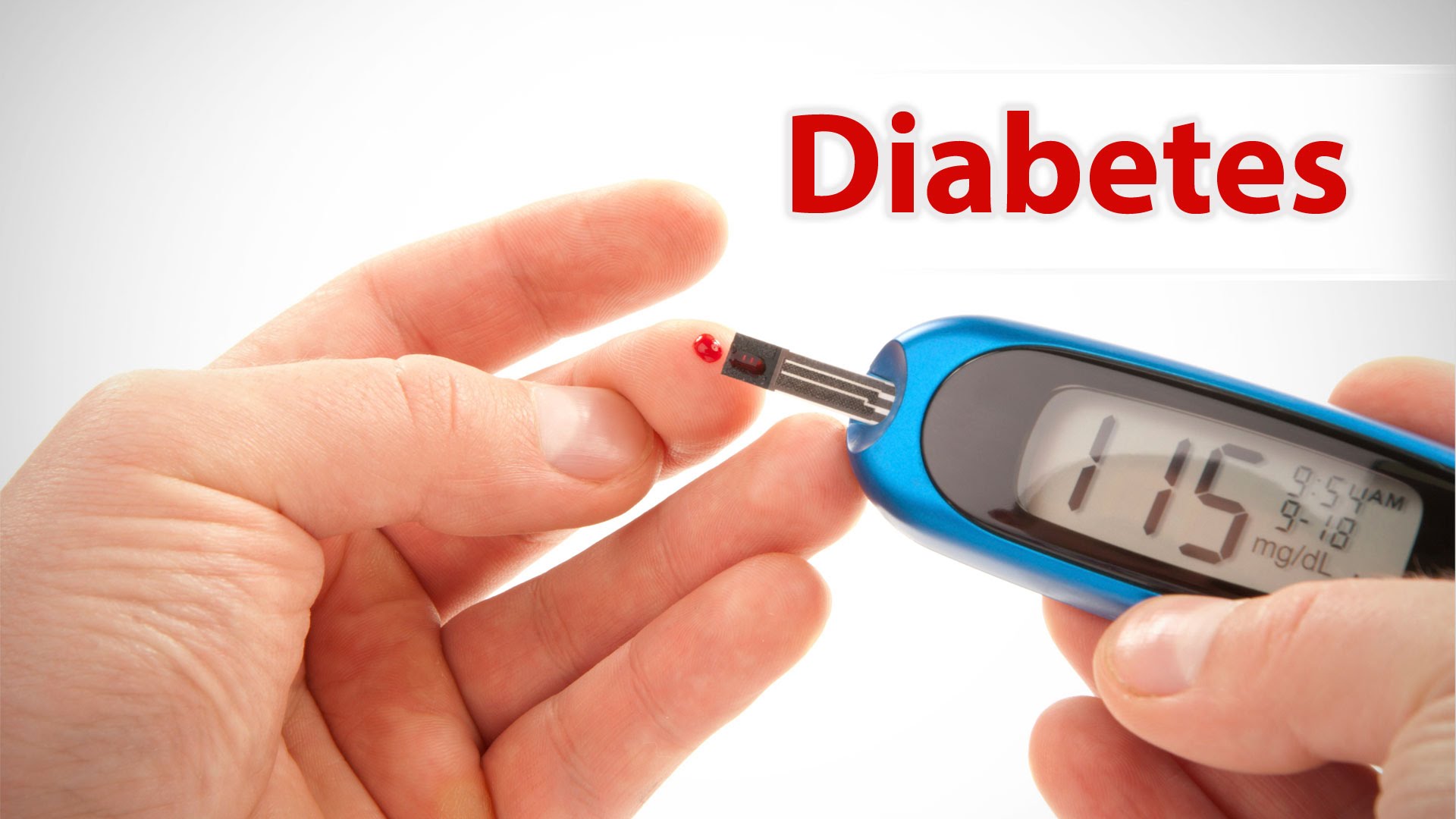Diabetes research and latest diabetes treatment give hope to those battling to control blood sugar levels.
Diabetes research and latest diabetes treatment give hope to those battling to control blood sugar levels. Research is underway to find new treatments, cures, and better techniques to help manage diabetes.
Latest diabetes treatment:
The following steps have been taken towards making management of diabetes easier for many.
ViaCyte’s PEC-Direct device is a credit-card sized insulin-producing implant made from stem cells. Research has proved that this implant could mature and function inside patients.
When the immune system of an individual destroys insulin-producing beta cells in the pancreas it leads to the development of type 1 diabetes.

Research has found another type of immature beta cells hiding in the pancreas all along. These ‘virgin beta cells’ can be used to restore the functionality of the pancreas.
Methyldopa is used for treating hypertension in small children and pregnant women. A molecule that is implemented in the autoimmune response and can give rise to type-1 diabetes is obstructed by the drug methyldopa. This is a promising find, which could help reduce the incidence of diabetes.
An investigational transplant in which the fatty membrane in the stomach cavity is implanted by insulin-producing cells by the doctor. This led to the patient spending a year without any insulin injections. This transplant has been successful and is paving the way for more artificial pancreas transplants in the future.
Until a solid cure for diabetes can be nailed down, the need to monitor blood glucose levels is always there. There is a constant improvement in miniature technology like check your tears for glucose by using a smart contact lens, sweat can be monitored with color changing ink etc. This is a lot less persistent than taking blood samples.
Biomedical engineers at Duke University have successfully created a biopolymer wherein a single injection has the capacity of providing weeks of glucose control. Instead of daily or weekly insulin shots, these injections have the capacity to substitute twice a week or one time per month remedy of glucagon-like peptide-1 (GLP1) for type 2 diabetes.
There is hope that this new tool will improve treatment options for the disease by limiting the number of injections a person will need to control their glucose levels.
Conclusion:
Even though there are a variety of treatment options available for diabetes, managing type 2 diabetes is still a problem. The patients are not able to reach their glycemic targets most of the time and following a treatment plan depends on persistent, meal-specific dosing, where there is room for human error.
Your Comments are valuable on this Post

